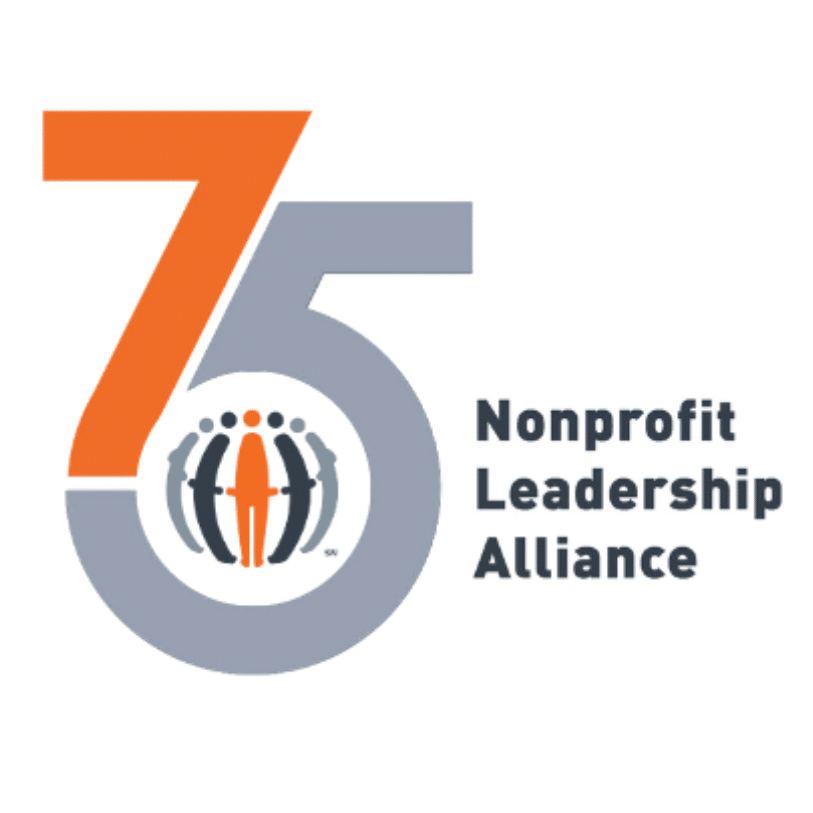Written by: Kasey Hammock
Reading Time: 3 minutes
Leaders have a lot on their plates. Nonprofits and businesses in our community do innovative, mind-blowing work every single day. Too often, instead of shouting it from the rooftops, it’s filed away in a drawer to gather dust. Keep reading and we’ll help you find the right words to connect with your audience so they know just how awesome the service you’re providing is.
Below, you’ll learn how to focus on and leverage the strengths you have to create a storytelling strategy. You just might find that story increases your revenues, builds your fanbase, and strengthens your company culture.
You’ll learn:
- What is organizational storytelling
- How to leverage the strengths of your organization
- How to build an organizational storytelling strategy
What is organizational storytelling?
Organizational storytelling capitalizes on our storytelling nature so our workplaces are healthier, our ideas are more vibrant, our stakeholders are more committed, our products are better, and our customers are more loyal.
It’s a collection of internal and external experiences that are both weaved together to illustrate different themes and isolated to prove important points. Ultimately organizational storytelling results in a content library of stories that will be used across channels, to engage different audiences.
How can you get started with authentic organizational storytelling?
Using a model adapted from research by Janis Forman, we use 4 levels to help you start thinking about your story.
Step 1: Authenticity
It’s important to start by thinking about what makes you and your business different.
- What makes your brand unique?
- What innovation do you bring to the table?
- What are your values?
- What are your aspirations?
- How do you show up?
- What do you do, a lot?
At the core, authenticity is telling the truth and backing it up with action. It’s the intersection of beliefs and values, and actions and behaviors.
Step 2: Capabilities
Once you understand your authenticity, you can begin to think about your capabilities. Some questions to ask:
- What are we most proud of?
- How do our strengths get results?
- What do we do that’s world-class?
- How are we meeting the needs of our stakeholders?
- What metrics tell us we’re doing a good job?
After you identify your capabilities, it’s time to focus on leveraging them!
Three areas to consider:
- Engaging emotions & intellect
- Crafting the story
- Working with technology
Do you have capabilities in each of these areas? If not, consider hiring external help or building your skills so you can tell the BEST stories.
Step 3: Organizational Goals
One of the most important parts of the process is identifying your organizational goals. Set 3-5 for the year. Ask yourself- how do you want to inform, persuade, and inspire your audiences?
P.S. don’t forget to make it SMART:
- Specific
- Measurable
- Attainable
- Relevant
- Timely
Having SMART goals will help keep you accountable and understand exactly what you’re trying to accomplish.
Step 4: Story Goals
You want to cultivate a story that meets one of your primary organizational goals. Each story should have one specific strategy (inform, persuade, and inspire) to reach an organizational goal. Here are some more questions to consider:
- What do you need to communicate to reach your organizational goal?
- Who do you need to communicate that with?
- What does that audience care about?
- What platforms can you reach them?
- What do we authentically do (within our goal) that they would care about?
Recapping how to create an authentic organizational storytelling strategy
- Figure out what’s authentic to your business
- Guild your capabilities
- Set 3-5 organizational goals
- Identify a goal for the story that aligns with your organizational goal
By using this strategy you can better communicate with a wide variety of audiences, crush your organizational goals, and truly celebrate what makes you awesome. Want some help building that strategy? Or writing the stories? Reach out, we can help!
About the author: Kasey Hammock has expertise in leading strategic organizational growth and developing organizational processes. She holds a Master’s in Public Affairs- Nonprofit Management from the Truman School at Mizzou and is currently working on her PhD in Social Work. She has 10 years of experience in the nonprofit field and has served in every role from intern, case worker, program director, and executive director. She currently is the lead Conspirator for Good at Partner for Better, a nonprofit consulting firm, helping organizations build their capacity through: getting funded, communicating their outcomes, and expanding their impact.
She approaches her work with a passion for helping organizations identify strengths to effectively implement programs so they can focus on what matters most: the individuals they serve.
